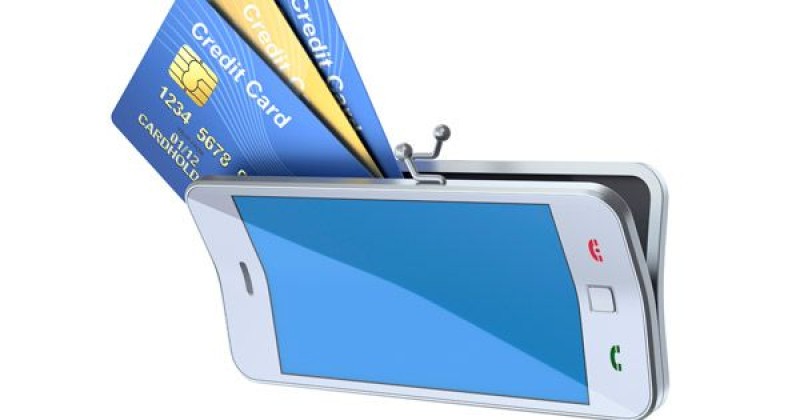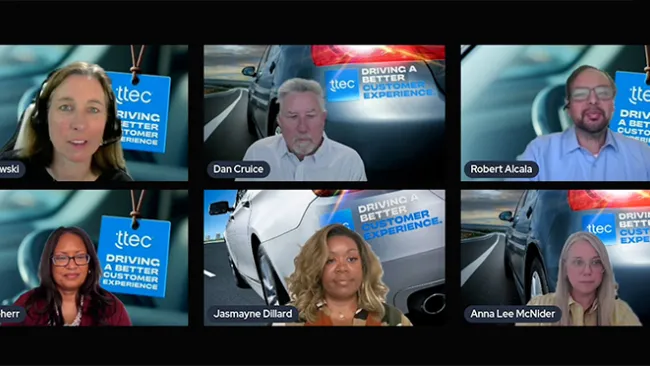Give something enough time, and what was once considered alternative will become mainstream. It happens in music, art, fashion, and now in retail banking. Traditional bank channels are beginning to make way for what were known previously as “alternative channels”—self-service, online banking, mobile apps, social media, etc. Their adoption is increasing, so much so that the term “alternative” isn’t appropriate anymore.
These digital channels are the future of banking. A growing number of customers don’t have time or simply don’t want to go to a branch or call a representative. Online banking is becoming a standard channel for many consumers. A 2013 Pew Research Center study found 61 percent of U.S. Internet users bank online, up from 58 percent in 2010. Worldwide, it’s more than one in four adults, according to research from comscore MediaMetrix. And mobile banking isn’t far behind. Pew found that 35 percent of U.S. adults with mobile phones use mobile banking services, a jump from only 18 percent in 2011. Those numbers are expected to rise worldwide; Juniper Research predicts that more than 1 billion mobile phone users will access mobile banking services by the end of 2017, compared to just over 590 million in 2013.
This isn’t to say that branch and phone channels will fall by the wayside. They continue to be an important part of the new omnichannel banking world. In 2013, U.S. consumers visited bank branches an average of 2.8 times per month, according to data from Synergistics Research Corp., down slightly from 3.2 times in 2009. And research from Gallup found that increased mobile usage has not led to a significant reduction in customers’ use of other channels—79 percent of mobile banking users also visited a branch in the last six months, 84 percent used an ATM, 95 percent banked online, and 58 percent spoke to a call center associate.
Why are digital channels growing so quickly? Convenience, simplicity, and consumer control. Interactions via digital channels tend to be more user-friendly, can occur anytime day or night, and are designed to be more efficient and effective. In short, digital interactions are less hassle to the consumer, and more efficient for banks, who can save money on the costs associated with a physical presence.
How can banks, especially large traditional entities, overcome their behemoth legacy challenges to be more nimble and digitally focused? Many banks are investing millions in Internet and mobile platforms, and have launched proactive programs to encourage adoption of new digital tools and apps. Some offer mobile check deposit, use Facebook and Twitter to conduct simple transactions, and crowdsource new product development. But these tools are just a drop in the proverbial bank bucket. For banks with millions of customers, it’s hard to prioritize emerging and unproven business decisions when traditional channels are still profitable. It’s nearly impossible to serve digital customers well if those channel strategies take a back seat to traditional banking operations. A new approach to customers is required.
Do branches have a future?
Let’s take the center of the traditional retail banking universe—the branch. Bank branches do have a future, but not in the way they operate today. Leading banks are transforming branches into a people-centric, supportive environment for customer interactions. They are being designed to enable self service and allow employees to connect one-on-one with customers who have questions or need assistance. The personal touch and the quality of an advisory service a branch offers is something that can’t be replicated online.
Branches of the future will take up smaller physical spaces, with more self-service technology available for customers to access. The number of tellers who deal with commodity transactions will drop significantly, well below the four to five that exist now. Most commodity transactions will occur on digital channels, outside the branch or on kiosks and tablets within it. Floating employees will be commonplace, ready to support the needs of consumers as advisors. Private rooms can be made available for consumers to talk to specialists on remote video calls. Relationship managers will take a more advisory role with complicated products and services like investments, mortgages, and other services.
Banks still have a way to go to enable this hybrid digital/physical branch of the future and innovate in the digital space. Contrary to popular opinion, it’s not the hottest gadget or newest app that will appeal to customers. In order to make your bank more aligned to consumers’ digital customer needs, we have identified five strategic priorities:
1. Change the internal conversation. Most banks say they are willing to innovate and become more customer focused. These are common buzzwords, but unfortunately not real parts of daily banking business. There are very few structured processes in place to generate new ideas, and traditional policies, processes, organizational structures still win out.
No program will succeed without the right vision and buy-in from senior management. If the focus isn’t there, the mindset of employees and their decisions will not change. Banks need top management commitment, internal structures, and alignment in place to enable it, and tools in place to measure and incentivize employees for being innovative and customer focused.
2. Make your business leaner. Digital channels are popular because they are quicker, more reliable, and easier to navigate than traditional channels. So why not enable all of your customer interactions to be leaner? Identify key processes that affect the customer experience in individual channels as well as across the customer life cycle. Then prioritize where you can eliminate excess, time, or waste from the process to make the activity leaner and hassle-free.
Reduce the time it takes to process a loan application, sign up for a checking account, or pay your credit card bill. Empower employees to make decisions that simplify the support experience. It requires changing policies and processes, and is no easy task. But the end result is a more effective and streamlined organization.
3. Reorganize. As former “alternative” channels gain prominence, so should the people in charge of them. A bank’s org chart is not immune to evolution. Vice presidents of digital or direct banking should be elevated to executive vice president roles, or banks should create new positions that oversee the entire omnichannel experience. This will elevate how business gets done.
4. Map the digital customer journey. Customer touchmaps are useful tools employed by executives to identify granular areas of the customer experience in which to streamline, eliminate, or add. So it makes sense to use the proven strategy for the digital customer journey, both in individual channels and across the entire customer experience ecosystem. How do customers move through the different digital channels, and where do they get stuck? What data and information is needed to maintain the experience across channels? Where do interactions fail? This insight allows banks to identify digital key moments of truth, encourage channel behavior based on certain paths, or trigger real-time event processing and cross-sell/up-sell opportunities, for example. Customer strategy and technology align to enable this deep area of customer understanding.
5. Prioritize investment. Banks need to adjust their budgeting process to increase digital investment. This is where the “alternative” channel consideration is still commonly found. Traditional budgets put more money in traditional areas, and much-needed digital technology and employee investments don’t always get the attention they deserve.
If significant budgeting changes aren’t realistic, it’s still possible to enact digital change by prioritizing investments. The insight gained from digital customer journey maps can inform technology investment decisions or training areas with the most potential ROI.
This vision of banking’s future is already beginning to happen. Turkey’s Akbank successfully uses the Web to acquire brand new customers. Its five-minute online account opening process is one of the fastest around, and customers don’t have to go to a branch to begin banking. In addition, Wells Fargo has created a social media “war room” to monitor social media mentions and activity on Facebook, Twitter, and Pinterest. Neither of these programs would be possible if Akbank and Wells Fargo didn’t take a strategic approach to digital banking.
In summary, consumer expectations and adoption of what were “alternative” channels are evolving rapidly. Banks simply can’t wait to see what others are doing before making their own channel choices. They must put the people, processes, and technology in place to create an environment in which the digital and physical worlds meet. There is no other alternative.
















